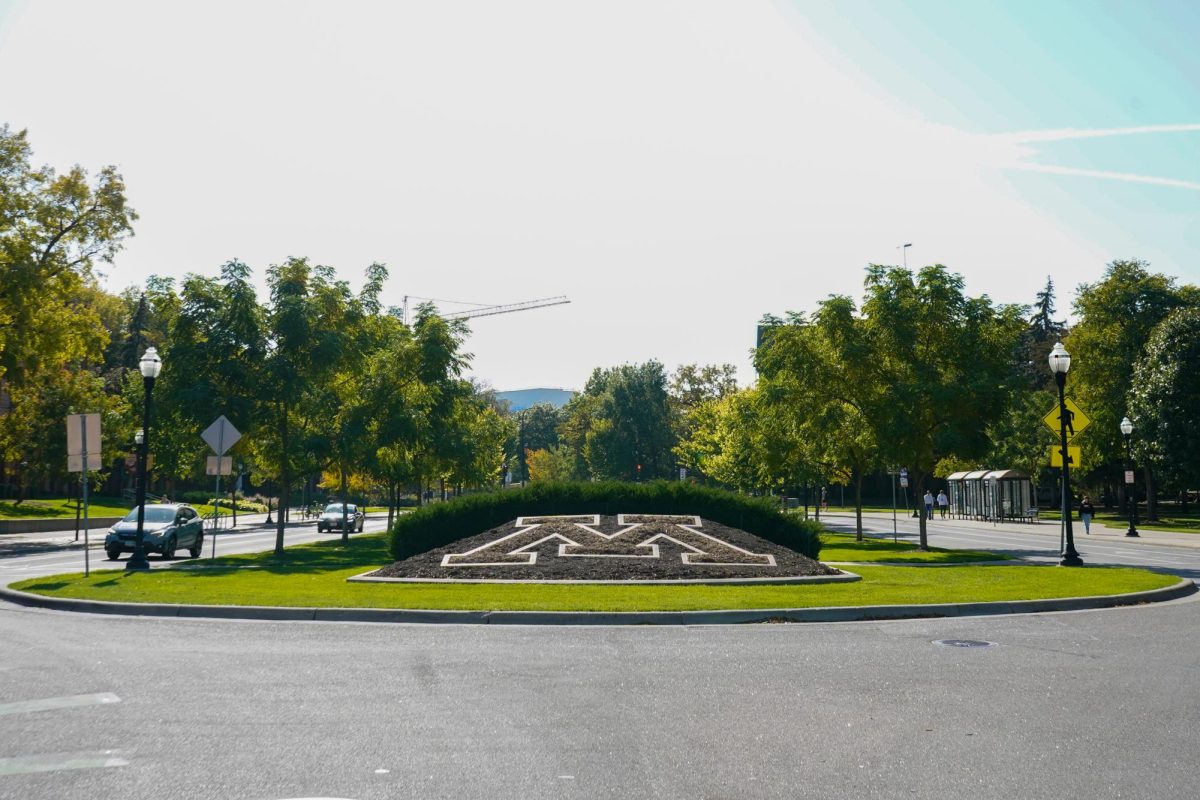California and Texas are often portrayed as opposites, yet they share one similarity: both states experienced massive population surges in 2015, causing them to dominate the country.
With many changes coming in the next several decades, it is increasingly possible the Midwest could be the next region to explode in popularity.
This will not happen overnight, nor is a population boom certain. Yet trends in both climate change and economics suggest the Midwest, especially the Twin Cities, will be a prime location to move for the next fifty years and beyond. We should acknowledge and embrace this possibility instead of ignoring it.
One of the Midwest’s greatest strengths is simple access to a resource that keeps us all alive: water. According to NOAA, the Great Lakes hold 21% of the world’s freshwater, something many other regions lack.
Climate change will make the Midwest’s water supply even more appealing.
Kenneth Blumenfeld, a senior climatologist at the Minnesota Department of Natural Resources, said Minnesota and surrounding areas have long been considered one of the safest natural environments in the country. As climate change increases temperatures, droughts, wildfires and hurricanes throughout North America, people will inevitably move.
“An unstable climate that puts populations in the path of weather that they cannot tolerate any longer will cause those populations to move and to seek refuge in places that they view as safer,” Blumenfeld said.
Researchers have repeatedly found the Midwest less endangered by climate change than most places. A report by Policygenius ranked every state based on climate change safety depending on heat, drought, flooding and other factors. Minnesota, Wisconsin and Michigan all received some of the best scores.
These numbers do not mean Minnesota will be unaffected by climate change. According to Blumenfeld, Minnesotans should prepare for more violent weather in the coming years, including large and destructive storms.
“I don’t think that it would be accurate to say that we’re high and dry and that we’re some sort of climate haven,” Blumenfeld said. “We’re finding out almost every year that there’s something we’re not prepared for, and that’s costing us in terms of resources or finances, and it’s causing hardships for some people.”
Despite these problems, Minnesota’s climate is undeniably less risky than most other regions, according to Blumenfeld.
“We don’t have the same volatility of California,” Blumenfeld said. “They have so many people that they can deplete the water they have very quickly when they go into drought. Then you have millions of people dealing with shortages, or these rolling blackouts because their grid can’t sustain their energy usage, and they’ve got fires that are sweeping through the land.”
Blumenfeld said climate change will undoubtedly cause people to move, but exactly where they go and when is difficult to predict. Climate change alone is unlikely to cause a mass migration to Minnesota.
However, potential economic growth in the Midwest could make the likelihood higher. Urban areas like the Twin Cities will receive the most attention.
Peter Frosch, CEO of Greater MSP, an economic development partnership for the Twin Cities region, said the area is growing and has the potential to expand for decades.
According to Frosch, the cost of living in the Twin Cities already makes it an attractive place to move to.
“While our region is growing, housing prices are going up and rent is going up, but it’s going up much less quickly than many other markets,” Frosch said.
Frosch said in the last six years, the Twin Cities has made large investments in affordable housing to keep prices low in the future.
“When I look across the country at peers in Seattle, Denver, Portland and certainly San Francisco, if you wait to build housing until you need it, you are already in crisis,” Frosch said.
The Twin Cities has many growing industries that will draw people to the region, such as microelectronics and medical technology, according to Frosch. Many programs focus on creating solutions to climate change, like the Minnesota Sustainable Aviation Fuel Hub, which works to provide jet fuel made from non-fossil-fuel resources with low amounts of carbon, contributing less to climate change.
“In the near term, there’s a way we want to win,” Frosch said. “We want to build the future of our state’s economy in part by creating solutions to address climate change. By being innovative and focusing on addressing climate change, each year we will create tens of thousands of jobs.”
A surge in population would undoubtedly bring challenges. Many Minnesotans are hesitant about the possibility that millions of new residents could put the state’s prized natural environment at risk.
Hal Davis, who moved to the Twin Cities in 2007, said he appreciates how the Twin Cities incorporates many parks and natural environments into its infrastructure, which is lost when other cities, like New York, expand. Preserving this balance should be a priority even in the case of a population increase.
However, the difficulties of change do not outweigh the benefits.
“If people like me arrive and say it’s beautiful here, I think that’s a plus,” Davis said. “Though you have to get used to new neighbors.”
Whether or not the Midwest can be labeled the “next California and Texas” will remain uncertain for many years, but trends of growth are unlikely to slow down.
“Being the next Texas, as long as there’s great barbecue and great music, I’d be all for it,” Davis said. “Being the next California, as long as it doesn’t burn to the ground or get flooded out, wonderful.”
Ultimately, regardless of how many people move, the Midwest will continue to be the Midwest. If the region receives an influx of new people, though, we should be welcoming and open to change.























Will Y
Oct 16, 2024 at 2:45 pm
Well said!
Sam H
Jul 17, 2024 at 10:24 am
Excellent opinion article!